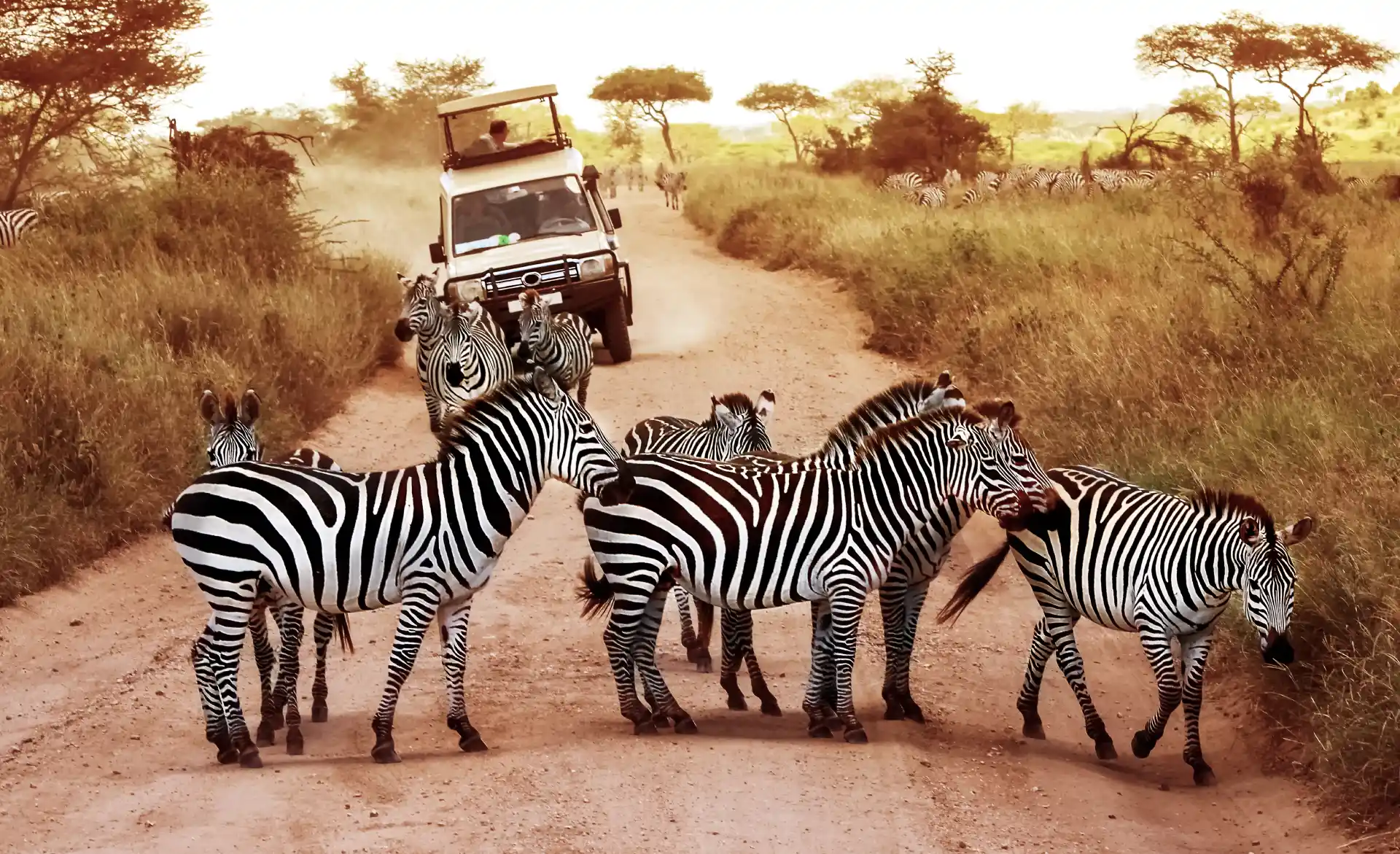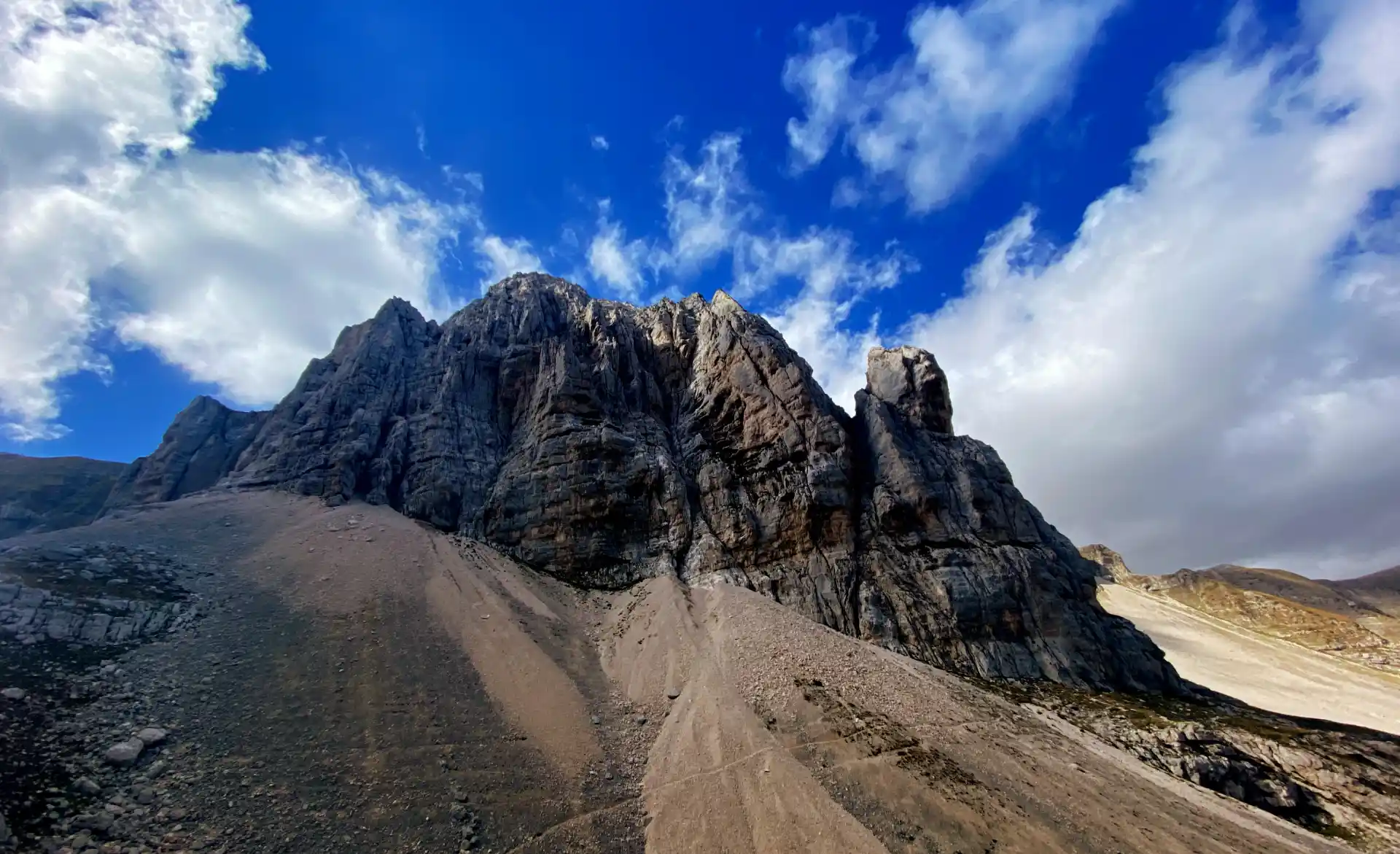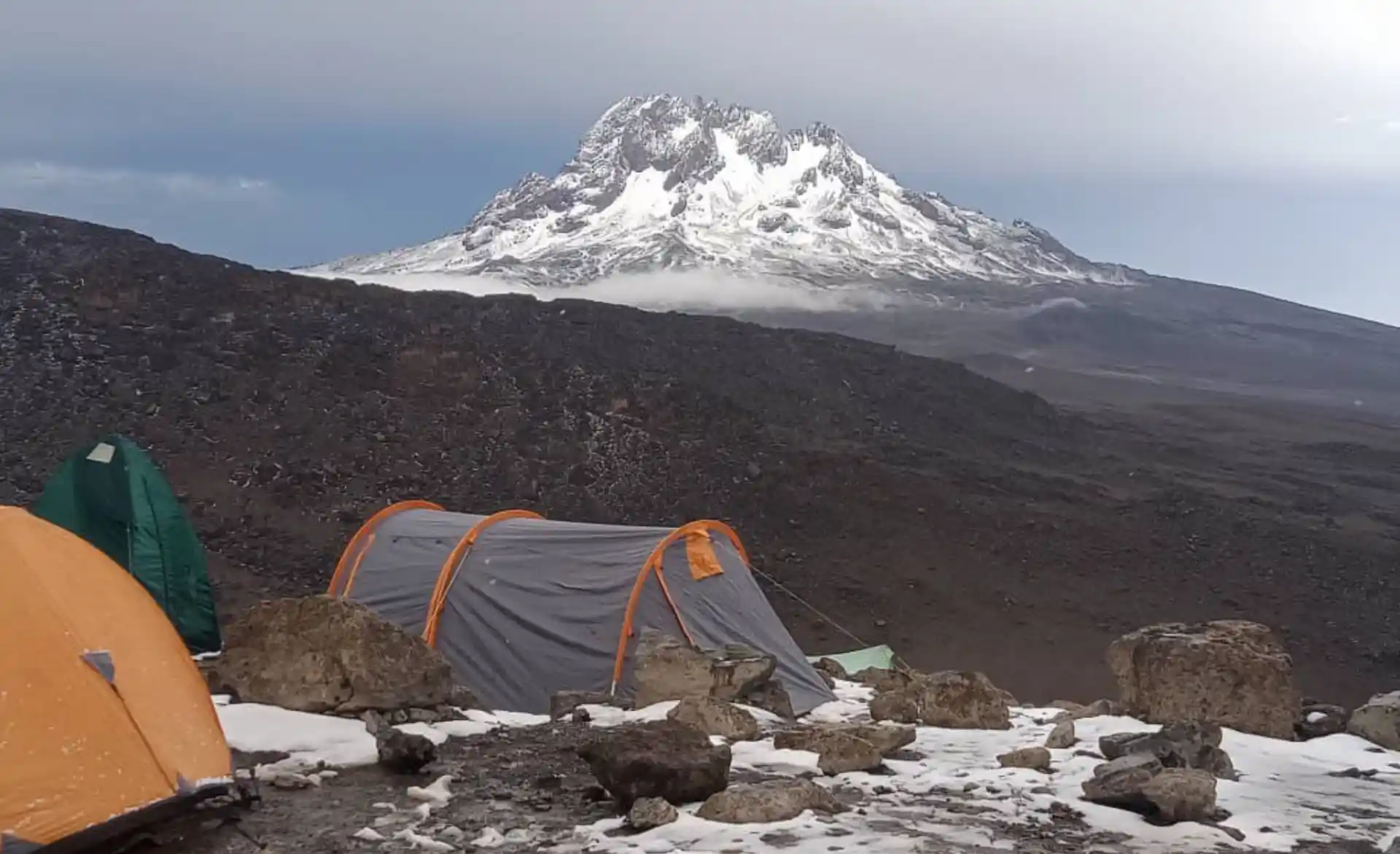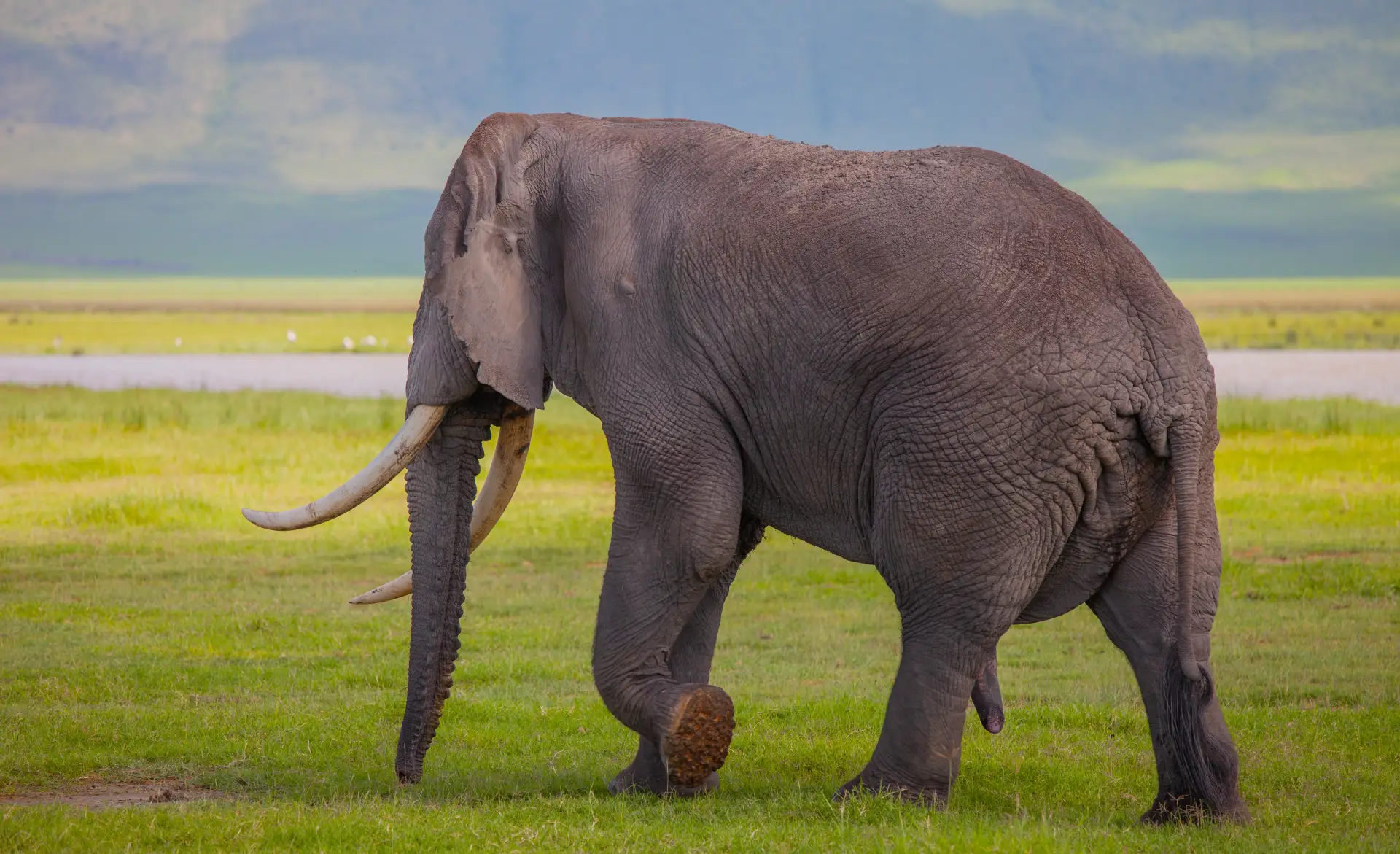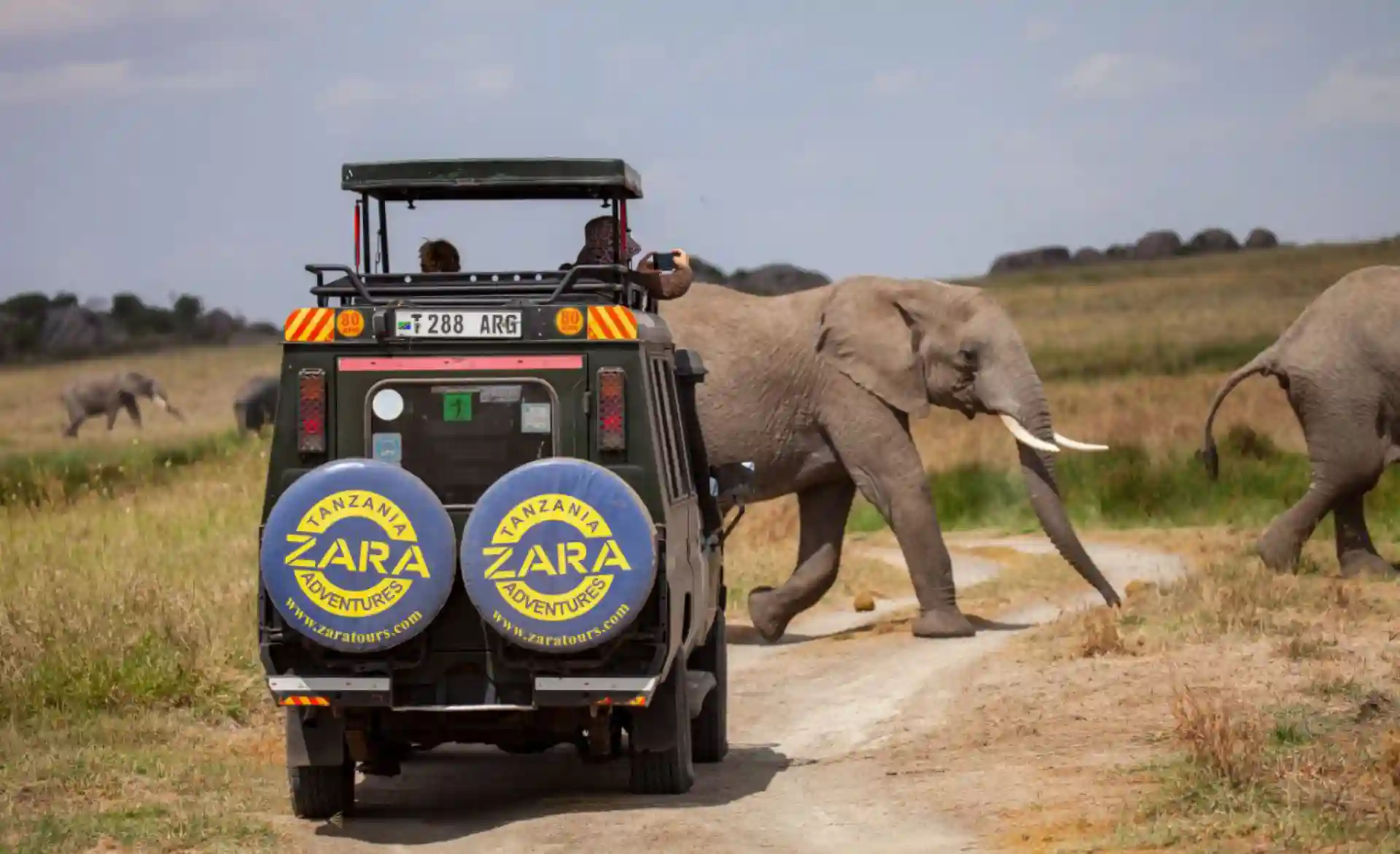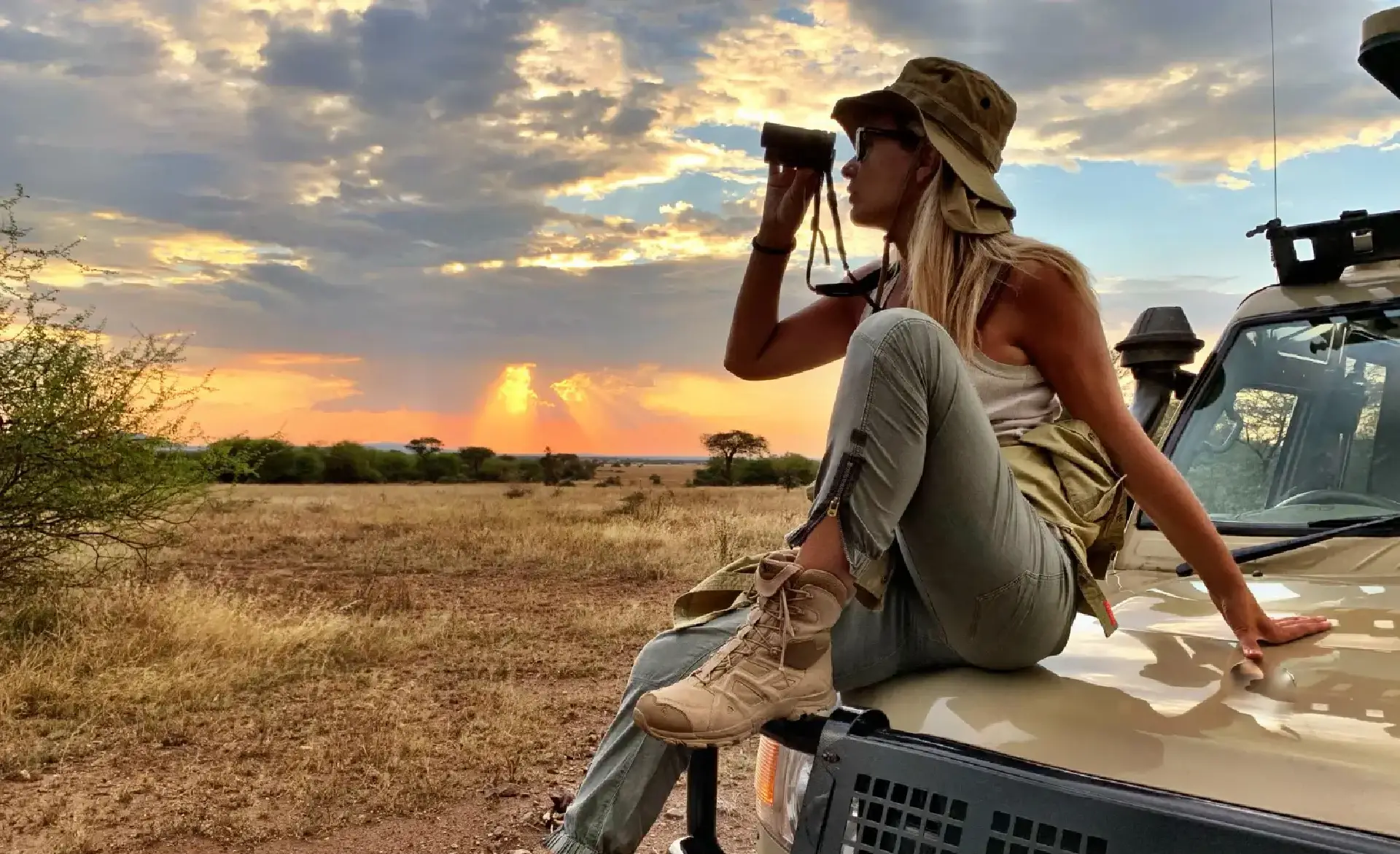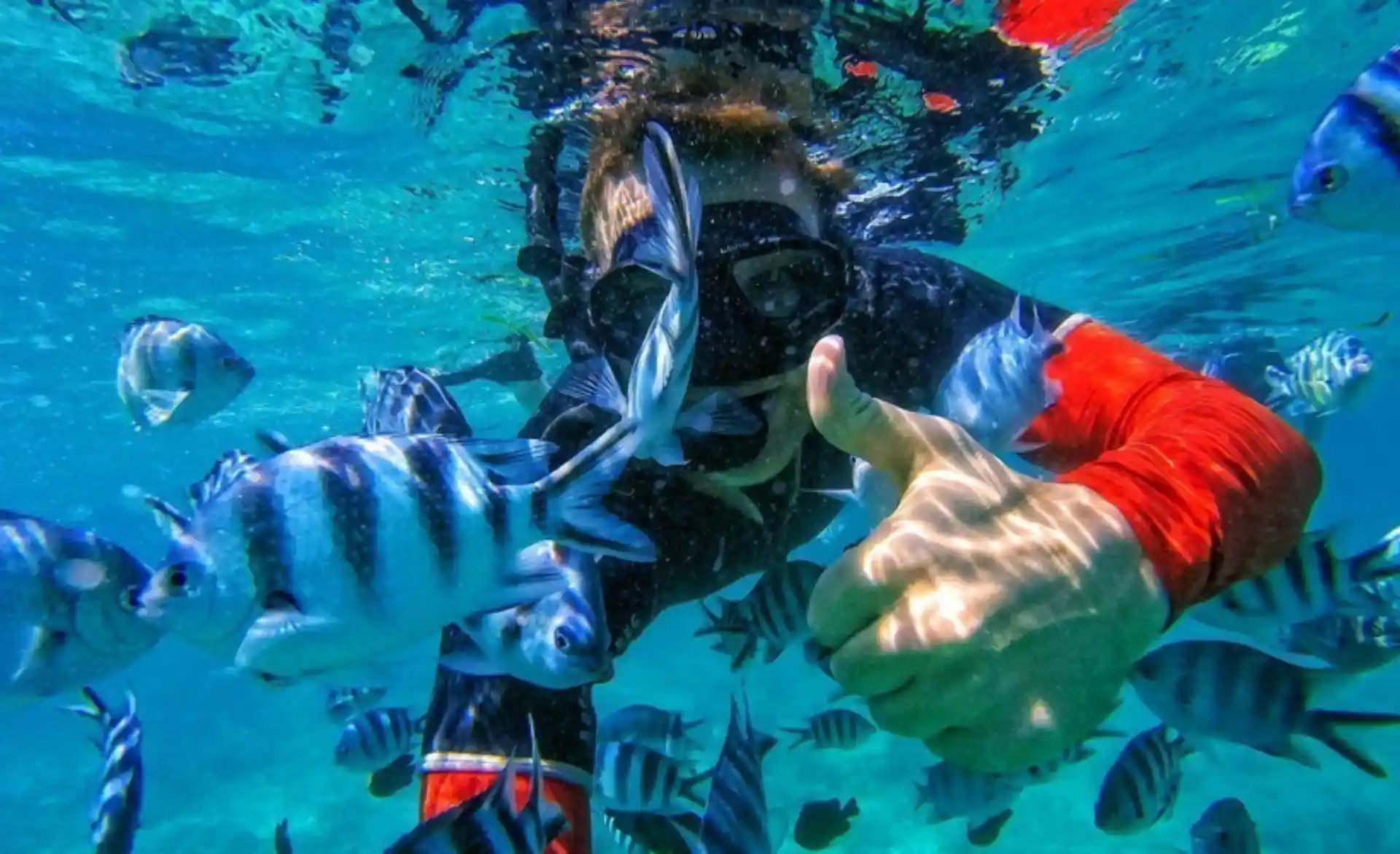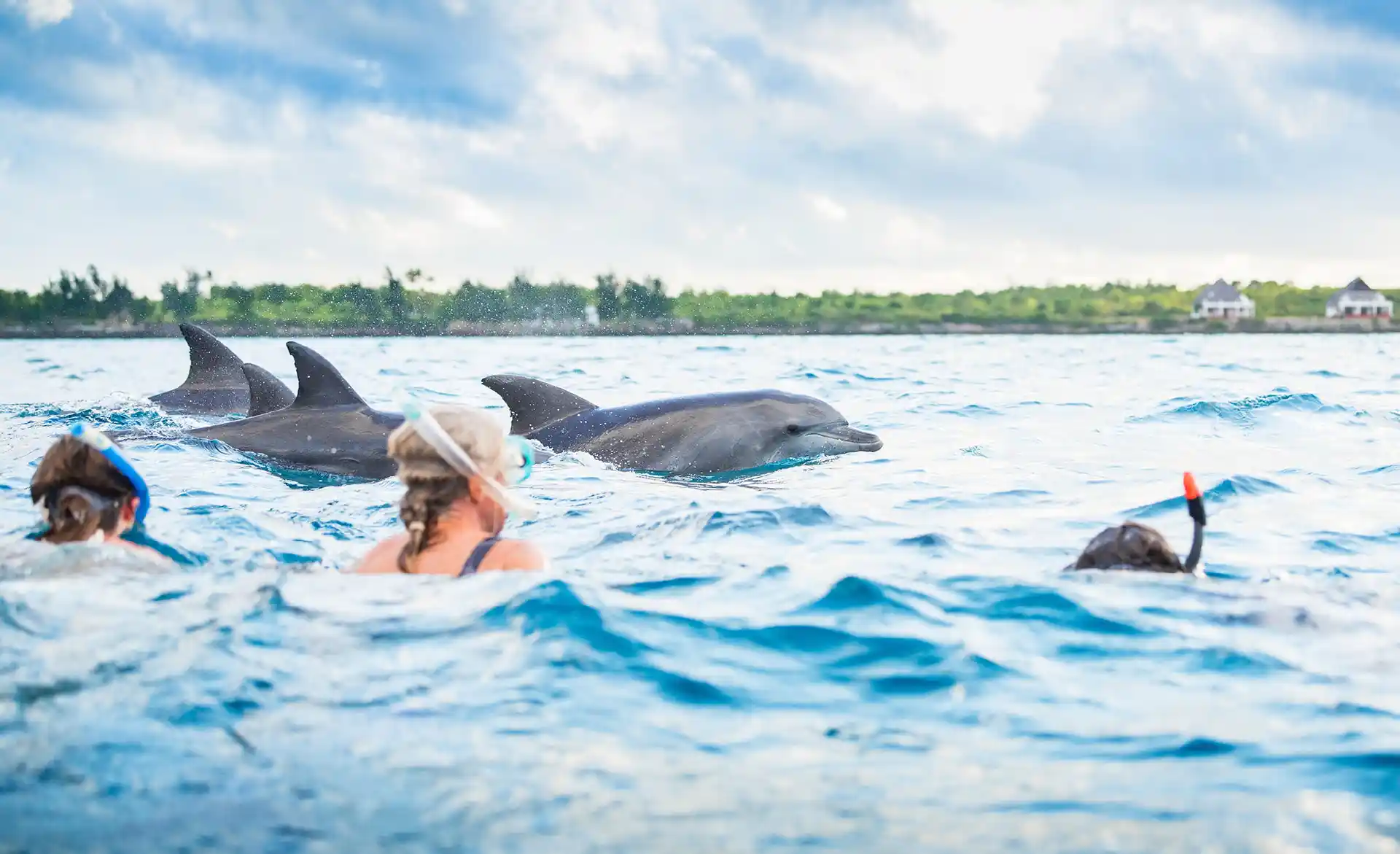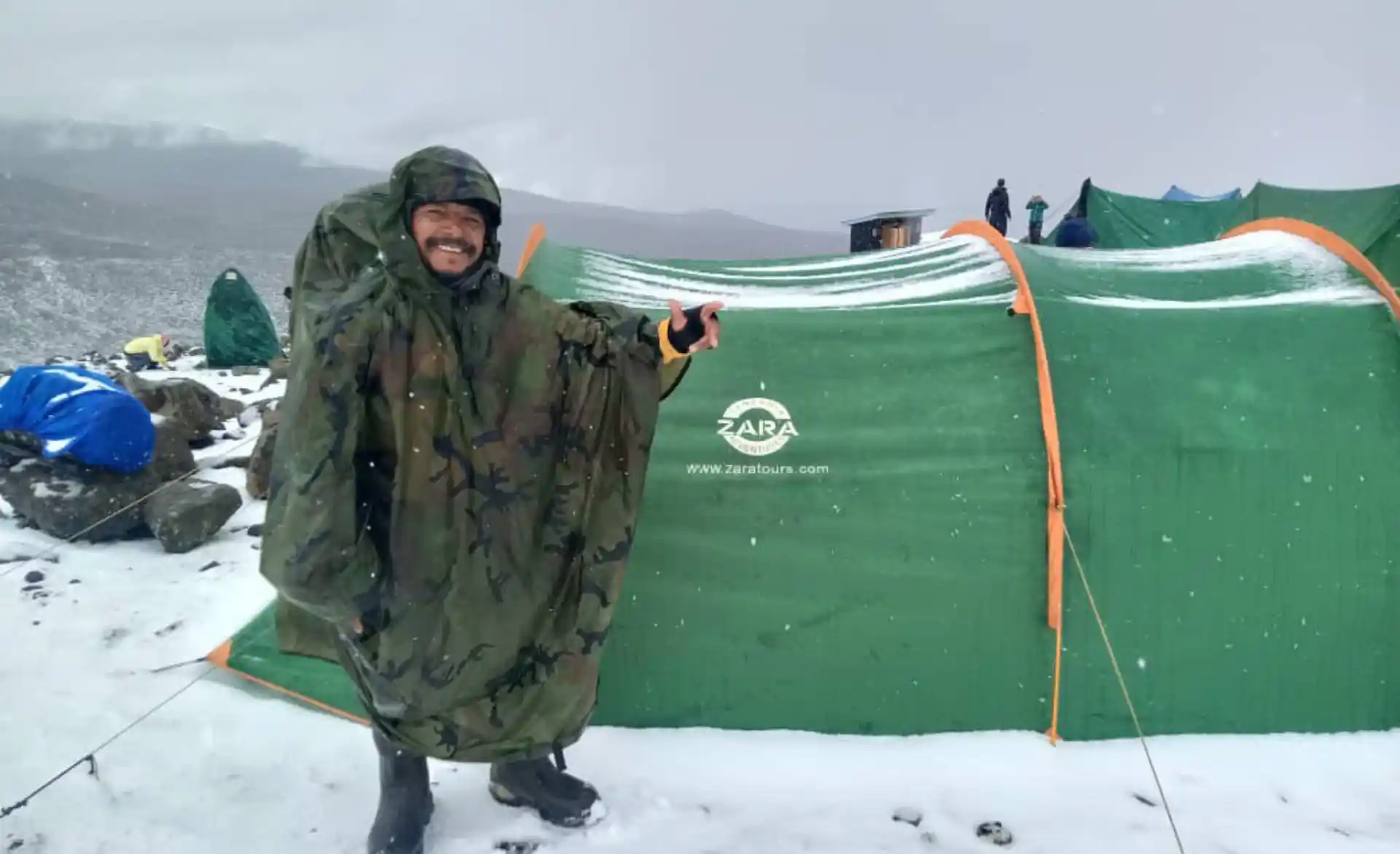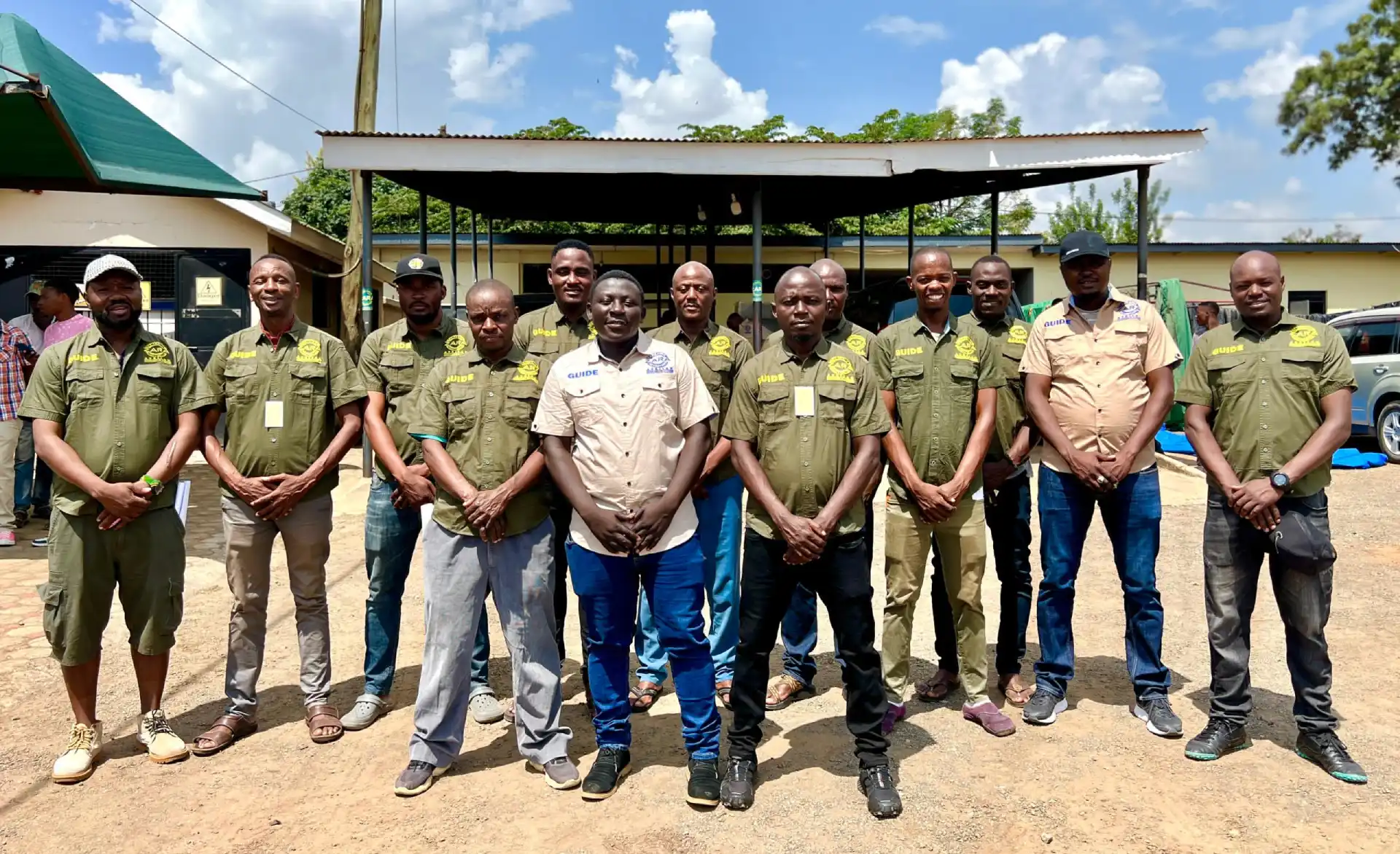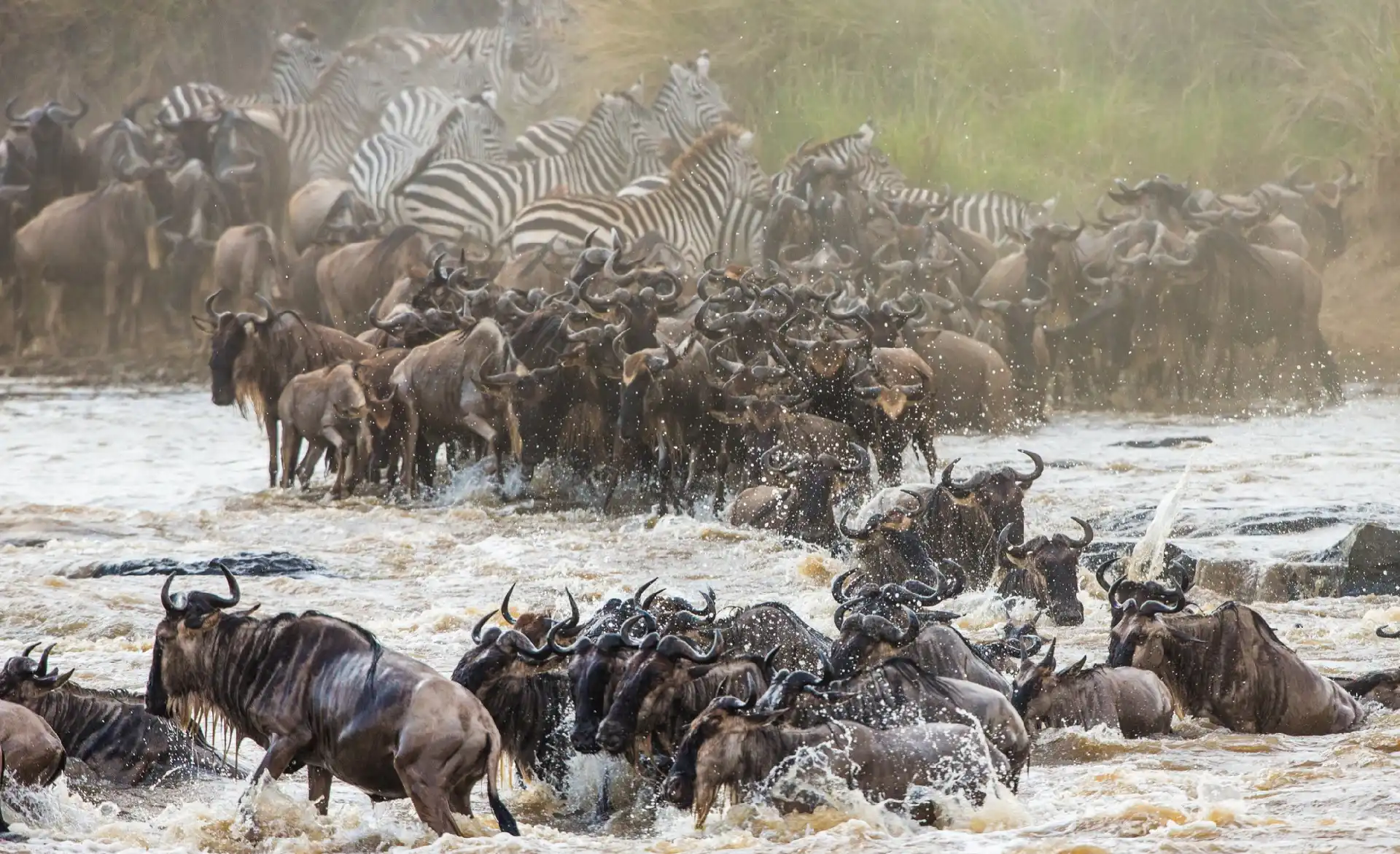Congratulations on your decision to start the incredible journey of climbing Mount Kilimanjaro! Now, as you prepare for this epic adventure, you’re likely seeking ways to ensure a successful summit. To enhance your chances of standing atop Uhuru Peak and capturing that unforgettable moment, here are five invaluable tips to guide you on your safe and successful ascent!
Altitude sickness, also known as acute mountain sickness (AMS), is a common concern for trekkers and climbers, especially when tackling high-altitude peaks like Mount Kilimanjaro. This condition can range from mild to severe, with symptoms including headache, nausea, dizziness, and fatigue. In extreme cases, it can lead to life-threatening conditions like high-altitude cerebral edema (HACE) or high-altitude pulmonary edema (HAPE). However, with proper preparation and awareness, altitude sickness can be effectively managed and even prevented. Here are some tips to help you navigate altitude sickness and ensure a successful summit:
- 1. Gradual Ascent: When ascending to higher altitudes, take it slow. Allow your body time to adjust to the reduced oxygen levels. Spend a few days at intermediate altitudes before reaching the summit. This gradual ascent helps minimize the risk of altitude sickness.
- 2. Stay Hydrated: Dehydration can exacerbate the symptoms of altitude sickness. Make sure to drink plenty of water throughout your trek, even if you don’t feel thirsty. Avoid alcohol and caffeine, as they can contribute to dehydration.
- 3. Recognize Symptoms Early: It’s important to be aware of the early signs of altitude sickness, such as headache, nausea, and fatigue. If you start experiencing these symptoms, it’s essential to take immediate action, such as descending to a lower altitude.
- 4. Consider Medication: In some cases, your doctor may prescribe medication to help prevent altitude sickness. Common medications include acetazolamide (Diamox) and dexamethasone. However, these should only be taken under medical supervision.
- 5. Listen to Your Body: Finally, it’s crucial to listen to your body and be willing to adjust your plans if necessary. Don’t push yourself too hard, and be prepared to turn back if you start experiencing severe symptoms.
By following these tips and staying informed about altitude sickness, you can increase your chances of a successful summit and enjoy a safe and memorable trekking experience. Remember, the key is to acclimatize properly, stay hydrated, and listen to your body.



